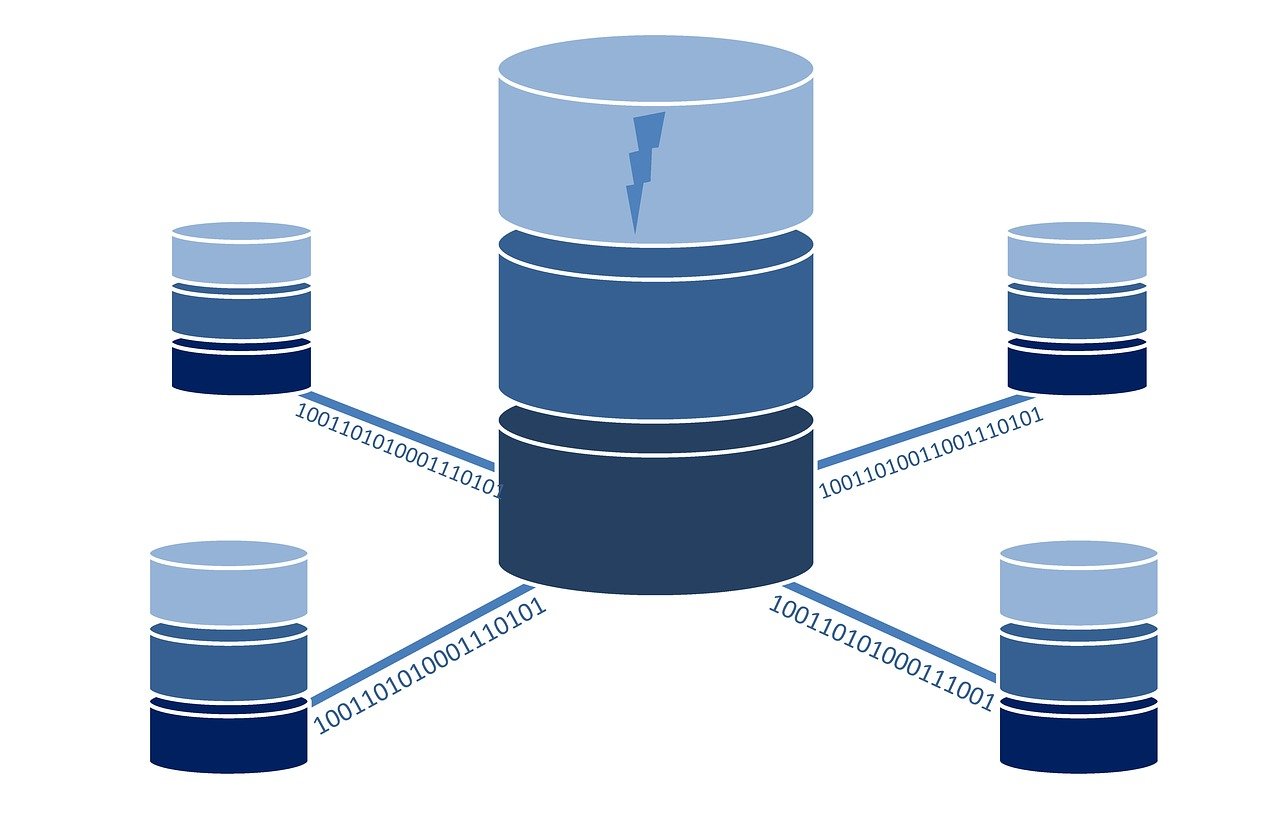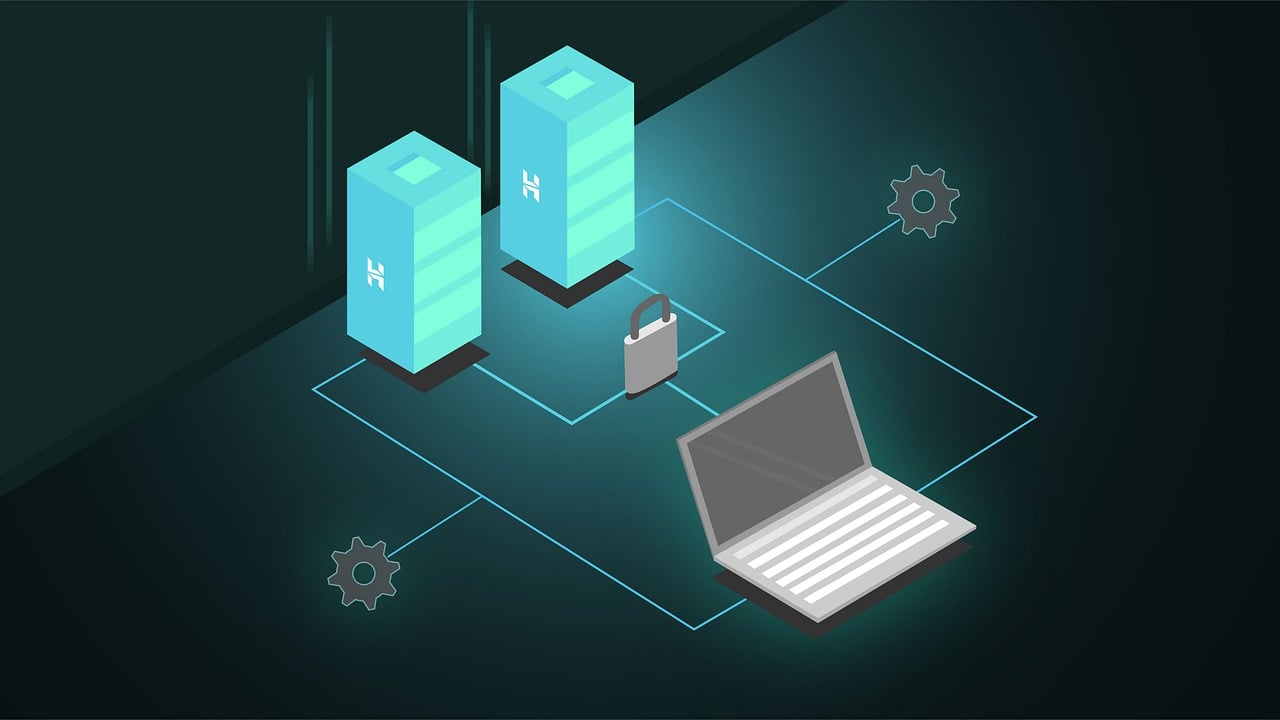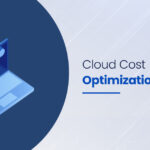In the hastily evolving panorama of cutting edge computing cloud local databases have emerged as sport converting generation revolutionizing the way corporations manipulate save & procedure records. These revolutionary database structures are designed from the ground as much as harness the entire capability of cloud computing environments imparting remarkable scalability flexibility & overall performance.
Cloud native databases constitute paradigm shift in statistics management shifting away from traditional monolithic database architectures closer to dispensed pretty to be had & elastically scalable solutions. As companies more and more migrate their operations to the cloud know how the talents and implications of cloud native databases becomes essential for IT professionals builders & decision makers alike.
This complete guide will delve into the sector of cloud local databases exploring their evolution key traits kinds & the transformative impact theyre having on modern information management strategies.
Evolution of Database Technologies

Traditional Databases vs. Cloud native Databases
The adventure from traditional databases to cloud local answers displays the wider shift in computing paradigms over the past few many years. Traditional databases usually designed for on premises deployment regularly struggle to meet the needs of cutting edge dynamic records extensive applications.
Key differences encompass:
- Scalability: Traditional databases frequently require vertical scaling (including more sources to single server) whilst cloud local databases are designed for horizontal scaling (distributing facts throughout more than one servers).
- Availability: Cloud native databases are built with high availability in mind frequently presenting computerized failover and multi place replication.
- Flexibility: Cloud local solutions provide extra flexibility in terms of facts fashions and deployment options.
- Management: Traditional databases often require great manual control while cloud local databases commonly provide automated management capabilities.
Key Drivers for the Shift to Cloud native Solutions
Several elements have accelerated the adoption of cloud local databases:
- Exponential information boom: The volume pace & variety of statistics have improved dramatically necessitating more scalable answers.
- Rise of cloud computing: The huge adoption of cloud infrastructure has paved the manner for databases optimized for these environments.
- Demand for actual time analytics: Modern applications require immediate insights driving the need for databases able to handling actual time information processing.
- Cost pressures: Organizations are trying to find more cost powerful ways to manipulate records at scale.
- DevOps and agile methodologies: The flow in the direction of more agile improvement practices has inspired database layout and control.
Core Characteristics of Cloud local Databases
Cloud native databases are outstanding through numerous key traits that set them aside from traditional database structures:
Scalability
One of the maximum considerable blessings of cloud local databases is their potential to scale horizontally readily. This way they can cope with expanded masses by way of including extra nodes to the database cluster as opposed to being constrained by means of the capability of single server. This scalability is often computerized permitting the database to grow or reduce primarily based on call for with out manual intervention.
Elasticity
Closely related to scalability elasticity refers to the capacity of cloud local databases to fast adapt to converting workloads. This consists of both scaling up to satisfy peak needs and cutting down during intervals of low interest making sure efficient resource usage and price effectiveness.
High Availability
Cloud native databases are designed with fault tolerance and excessive availability as center principles. They normally appoint strategies which includes:
- Automatic replication throughout couple of nodes or regions
- Self healing competencies to recover from failures
- Load balancing to distribute traffic flippantly
These capabilities make certain that the database stays operational even in the face of hardware failures or network problems.
Distributed Architecture
Unlike traditional monolithic databases cloud native databases are built on dispensed architectures. This method allows for:
- Better overall performance via parallel processing
- Improved fault tolerance by using casting off single factors of failure
- Global distribution of facts for decrease latency and compliance with information residency requirements
Types of Cloud native Databases

Cloud native databases are available in various sorts every optimized for exclusive use cases and information fashions:
Relational Cloud native Databases
These databases hold the familiar SQL interface and ACID (Atomicity Consistency Isolation Durability) homes of traditional relational databases while supplying cloud native capabilities. Examples include:
NoSQL Cloud local Databases
NoSQL databases provide flexible facts fashions and are especially well ideal for managing unstructured or semi structured data. Major types consist of:
- Document databases (e.G. MongoDB Atlas Amazon DocumentDB)
- Key value stores (e.G. Amazon DynamoDB Redis Enterprise Cloud)
- Wide column shops (e.G. Google Cloud Bigtable Azure Cosmos DB)
- Graph databases (e.G. Neo4j Aura Amazon Neptune)
NewSQL Databases
NewSQL databases goal to mix the scalability of NoSQL systems with the ACID ensures of conventional relational databases. Theyre designed to handle high throughput OLTP (Online Transaction Processing) workloads while keeping robust consistency. Examples consist of:
- NuoDB
- VoltDB
- MemSQL (now SingleStore)
Key Features and Capabilities
Cloud native databases offer number of superior features that set them apart from conventional database structures:
Automatic Sharding
Sharding is the technique of partitioning facts throughout multiple nodes to improve performance and scalability. Cloud native databases often take care of sharding routinely abstracting the complexity from builders and database administrators.
Multi area Deployment
Many cloud native databases assist seamless multi region deployment permitting agencies to:
- Reduce latency with the aid of putting information towards customers
- Enhance disaster healing talents
- Comply with records sovereignty rules
Built in Security
Security is pinnacle precedence for cloud local databases which frequently include features like:
- Encryption at rest and in transit
- Fine grained get right of entry to controls
- Automated safety patching
Seamless Integration with Cloud Services
Cloud native databases are designed to paintings harmoniously with other cloud services enabling:
- Easy integration with analytics and device mastering gear
- Simplified backup and recovery procedures
- Streamlined monitoring and logging
Popular Cloud native Database Solutions
Several cloud local database solutions have won prominence in latest years:
Amazon Aurora
Amazon Aurora is MySQL and PostgreSQL like minded relational database constructed for the cloud. It gives high performance automated scaling & up to 15 read replicas with minimal lag.
Google Cloud Spanner
Cloud Spanner is Googles globally disbursed relational database service. It combines the benefits of relational database structure with non relational horizontal scale offering robust consistency across rows regions & continents.
Azure Cosmos DB
Microsofts Azure Cosmos DB is globally allotted multi model database service. It helps multiple records fashions (file key fee graph column own family) and offers turnkey global distribution with automatic scaling.
CockroachDB
CockroachDB is an open supply distributed SQL database that provides strong consistency even if deployed throughout more than one facts facilities or cloud vendors. Its designed to survive community walls and hardware disasters even as keeping ACID transactions.
Advantages of Cloud native Databases

The adoption of cloud native databases offers severa advantages to agencies:
Cost effectiveness
Cloud native databases can extensively lessen costs through:
- Pay as you go pricing models
- Elimination of hardware procurement and upkeep charges
- Efficient useful resource usage thru automated scaling
Simplified Management
Many operational tasks are automatic or simplified in cloud native databases along with:
- Backup and recovery
- Software updates and patching
- Performance tuning
This reduction in guide control tasks lets in database administrators to consciousness on more strategic projects.
Improved Performance
Cloud native databases are optimized for allotted environments supplying:
- Lower latency thru international distribution
- Better throughput with horizontal scaling
- Improved question overall performance thru superior indexing and caching techniques
Enhanced Developer Productivity
Developers benefit from cloud native databases through:
- Simplified APIs and SDKs
- Consistent performance throughout development trying out & manufacturing environments
- Reduced want for dealing with infrastructure permitting recognition on utility common sense
Challenges and Considerations
While cloud native databases offer numerous blessings groups ought to be aware about ability challenges:
Data Migration Complexities
Migrating from traditional databases to cloud native answers can be complicated related to:
- Data model differences
- Application code changes
- Potential downtime during migration
Vendor Lock in Concerns
Dependency on selected cloud issuers database carrier can make it tough to switch carriers or circulate returned on premises. Organizations have to consider:
- Portability of records and schema
- Compatibility with open standards
- Multi cloud strategies
Learning Curve for Teams
Adopting cloud local databases may additionally require:
- New abilties and knowledge for database directors and developers
- Changes in operational strategies and equipment
- Cultural shifts towards cloud native thinking
Best Practices for Implementing Cloud local Databases
To maximize the benefits of cloud native databases agencies need to follow those satisfactory practices:
Proper Data Modeling
- Design schemas that take benefit of the distributed nature of cloud local databases
- Consider denormalization and different NoSQL data modeling strategies where suitable
- Plan for eventual consistency in dispensed structures
Effective Capacity Planning
- Understand workload styles and increase projections
- Utilize car scaling functions while setting appropriate limits
- Monitor and optimize useful resource utilization regularly
Monitoring and Optimization Strategies
- Implement complete monitoring solutions
- Regularly analyze query overall performance and optimize as wanted
- Use database particular gear and cloud company insights for overall performance tuning
Use Cases and Industry Applications
Cloud native databases are being leveraged across various industries:
E commerce and Retail
- Handling excessive quantity product catalogs
- Managing purchaser information and personalization
- Processing actual time stock updates
Financial Services
- Supporting excessive frequency trading systems
- Managing hazard and compliance data
- Enabling actual time fraud detection
IoT and Real time Analytics
- Processing and reading sensor facts at scale
- Supporting real time dashboards and signals
- Enabling predictive protection packages
Impact on DevOps and Database Administration

The adoption of cloud local databases is reshaping IT roles:
Shift in Roles and Responsibilities
- Database directors are evolving into cloud information architects
- Increased awareness on overall performance optimization and price control
- Greater collaboration among database teams and application builders
New Skills and Tools Required
- Proficiency in cloud systems and offerings
- Understanding of disbursed systems and CAP theorem
- Familiarity with infrastructure as code and automation equipment
Future Trends in Cloud native Databases
The landscape of cloud native databases continues to conform:
AI and Machine Learning Integration
- Automated overall performance tuning and question optimization
- Predictive scaling primarily based on workload styles
- Enhanced facts analytics talents
Edge Computing and Distributed Data Management
- Integration with area computing for reduced latency
- Improved help for globally allotted applications
- Advancements in multi vicinity consistency models
Serverless Database Offerings
- Further abstraction of database management obligations
- Pay in keeping with execution pricing fashions
- Seamless integration with serverless computing systems
Comparing Cloud native Databases to Traditional Solutions
When comparing cloud local databases against conventional solutions remember:
Performance Benchmarks
- Throughput and latency comparisons
- Scalability beneath varying workloads
- Consistency and availability trade offs
Total Cost of Ownership Analysis
- Initial setup and migration costs
- Ongoing operational prices
- Long term scalability and preservation charges
Security and Compliance in Cloud local Databases
Security stays top precedence for cloud local database implementations:
Built in Security Features
- Encryption at relaxation and in transit
- Role primarily based get entry to control
- Automated safety patching and updates
Compliance Certifications and Standards
- Support for industry unique compliance necessities (e.G. GDPR HIPAA)
- Regular safety audits and penetration checking out
- Transparent statistics residency and sovereignty controls
Cloud native databases constitute huge soar forward in information control technology imparting extraordinary scalability flexibility & performance. As agencies keep to embrace digital transformation and cloud computing the adoption of cloud local databases is set to accelerate.
The future of facts management lies in those dispensed enormously available & elastically scalable answers. By expertise the competencies demanding situations & fine practices associated with cloud local databases corporations can position themselves to harness the total potential in their data within the cloud era.
As we look ahead the continuing evolution of cloud native databases promises even extra innovation with advancements in areas together with AI integration side computing support & serverless offerings. For businesses and IT experts alike staying knowledgeable and adaptable on this swiftly changing panorama may be key to fulfillment inside the records pushed destiny.








1 thought on “Cloud native Databases: Powering the Future of Data Management”